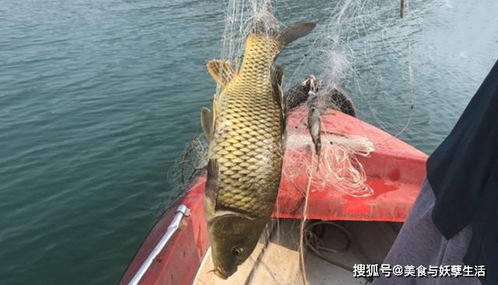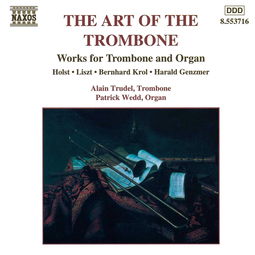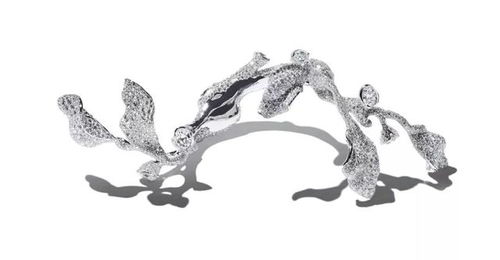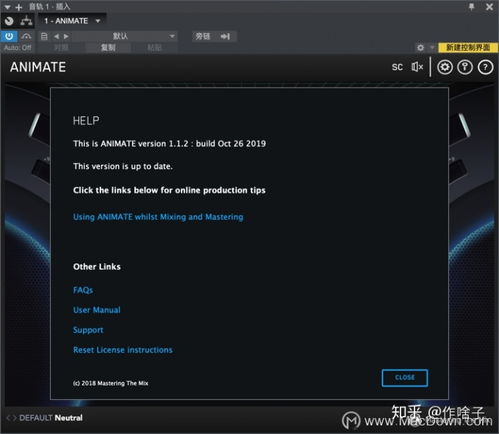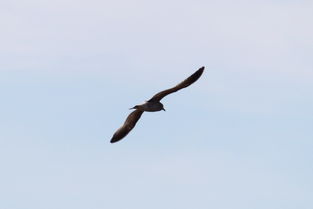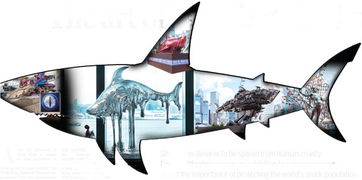Content:
Fishing is an ancient and beloved pastime that requires both skill and patience. One of the most critical aspects of successful fishing is understanding how to use bait effectively. In this article, we will delve into the art of fishing and provide you with valuable tips and techniques for mastering the use of bait, specifically focusing on the process of "baiting" or "setting up the bait."
Understanding Baiting
Before we dive into the specifics of baiting techniques, it's important to understand what baiting entails. Baiting is the process of placing bait in a strategic location to attract fish. This can be done in various ways, such as casting it into the water, using a lure, or setting up a live bait rig. The goal is to mimic the natural food sources of the fish you're targeting, thereby increasing your chances of a successful catch.
Choosing the Right Bait

The first step in effective baiting is selecting the right type of bait. The type of bait you choose should depend on the species of fish you're targeting and the conditions of the water body. Here are some common types of bait and their applications:
- Live Bait: Live bait, such as worms, minnows, or crickets, is often the most effective. These baits are naturally appealing to fish and can be used in a variety of fishing techniques.
- Artificial Lures: Artificial lures come in many shapes and sizes and can be used to mimic the movement of real fish or insects. They are particularly useful in clear water or when fishing for more elusive species.
- Natural Bait: Natural baits like corn, peas, or dough can be used for certain species and are particularly effective in still waters or during colder months when fish are less active.
- Commercial Baits: Commercial baits, such as soft plastics or artificial scents, can be a great option for beginners or those who want a more consistent and convenient option.
The Importance of Bait Presentation
Once you've chosen the right bait, the next step is to present it effectively. Here are some key points to consider:
- Natural Movement: Fish are attracted to natural movements, so it's important to present your bait in a way that mimics its natural behavior. For live bait, this means allowing it to swim or crawl naturally. For artificial lures, this means using the right retrieves and techniques to make the bait look lifelike.
- Depth: The depth at which you present your bait is crucial. Fish often feed at different depths depending on the time of day, weather conditions, and water temperature. Experiment with different depths to see where the fish are most active.
- Timing: Timing is everything in fishing. Fish are more likely to bite during certain times of the day, such as early morning or evening. Be patient and wait for the right moment to present your bait.
Setting Up the Bait
Now that you understand the importance of bait selection and presentation, let's look at some specific techniques for setting up the bait:
- Casting: When casting your bait, aim for a spot where you've seen fish activity or where you think they might be. Make sure to cast with the wind to your advantage and allow your bait to drift naturally.
- Trolling: Trolling involves moving your boat with the bait attached to a fishing line. This can be an effective way to cover a lot of water and attract fish that are spread out.
- Still Fishing: For still waters, you may want to use a rod and reel setup. This allows you to sit and wait for the fish to come to the bait.
- Live Bait Rigs: For live bait, you'll need to use a rig that keeps the bait in place while allowing it to move naturally. Common rigs include the Carolina rig, Texas rig, and Kentucky rig.
Conclusion
Baiting is a skill that takes practice and patience to master. By understanding the right bait for the situation, presenting it effectively, and using the right techniques, you'll increase your chances of catching more fish. Whether you're a beginner or an experienced angler, mastering the art of baiting will undoubtedly enhance your fishing experience. Happy fishing!
